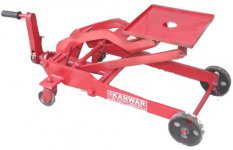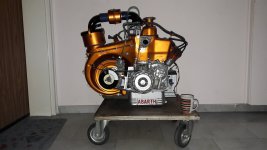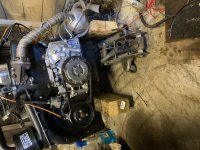Paolo66
Established member
- Joined
- Feb 6, 2013
- Messages
- 1,004
- Points
- 235
I'm after a bit of advice from you guys that will have done this job lots of times. When I replace the engine and gearbox is it best to take them out and put them in as one unit or engine first and then gearbox? I'll be working on my own and only have a trolley jack to hand.
Also when I remove the gearbox and disconnect the driveshafts do I need the car in the air and weight off wheels?
Thanks
Also when I remove the gearbox and disconnect the driveshafts do I need the car in the air and weight off wheels?
Thanks






